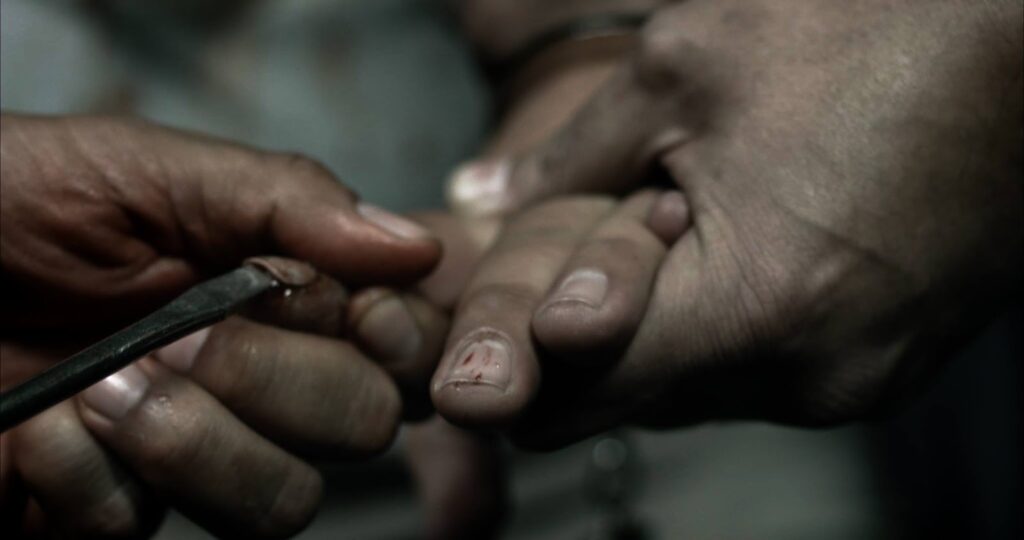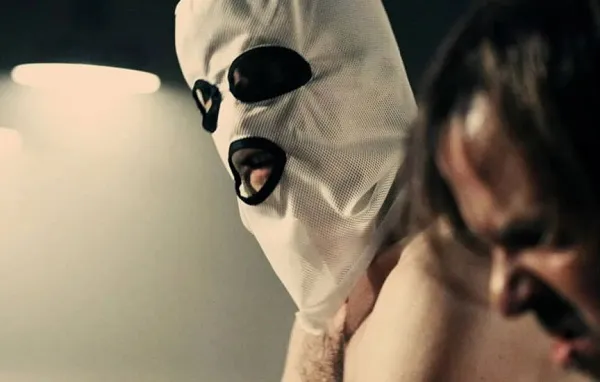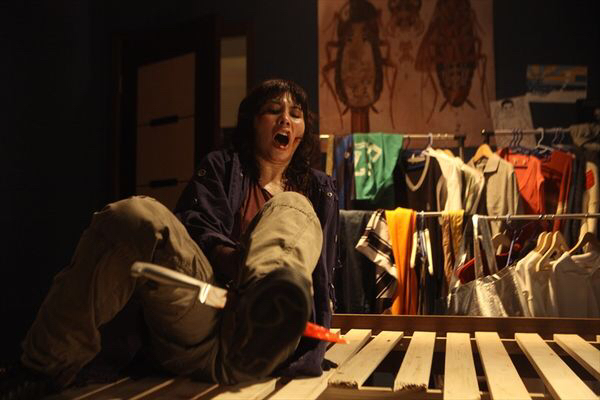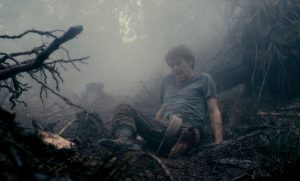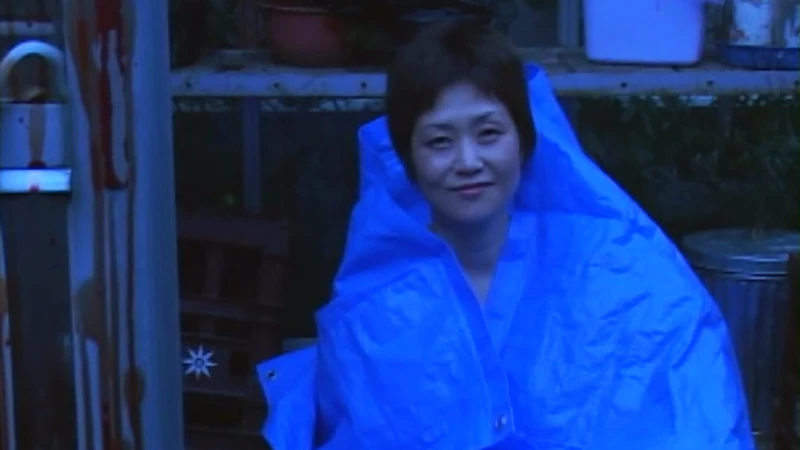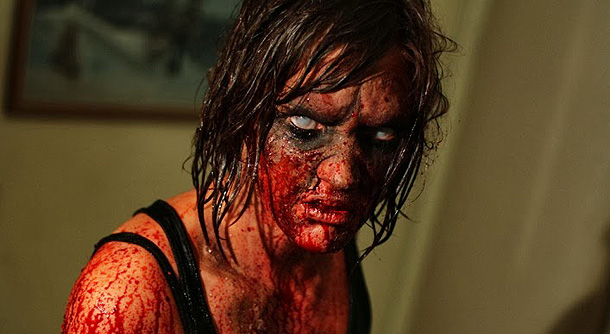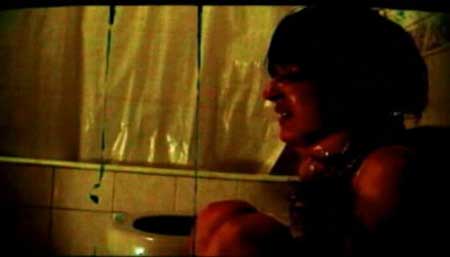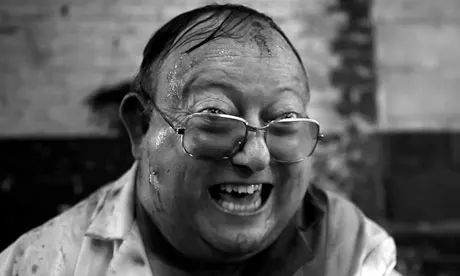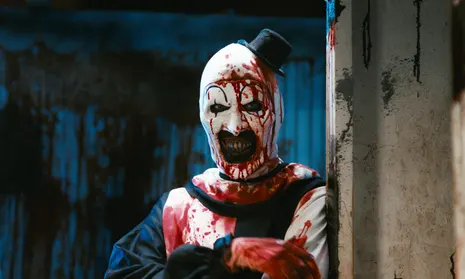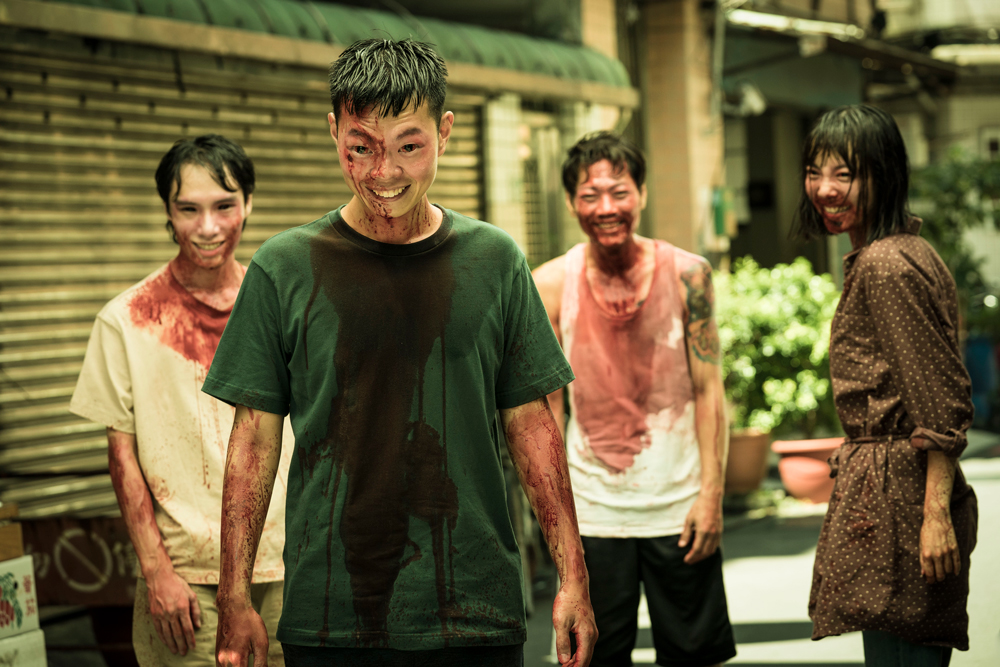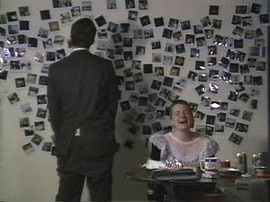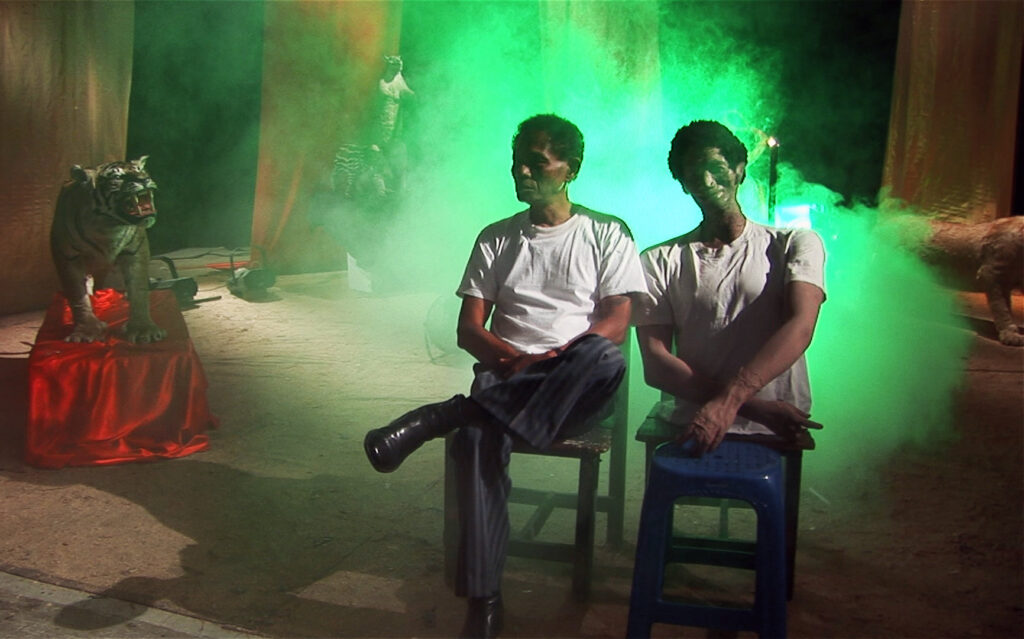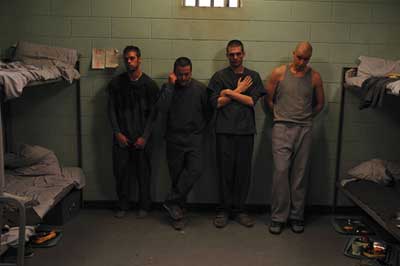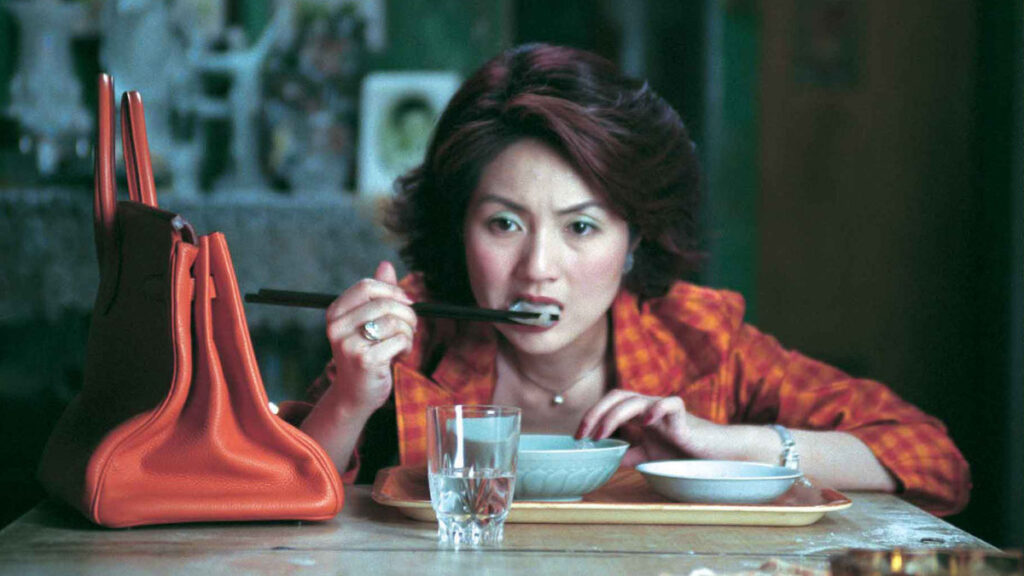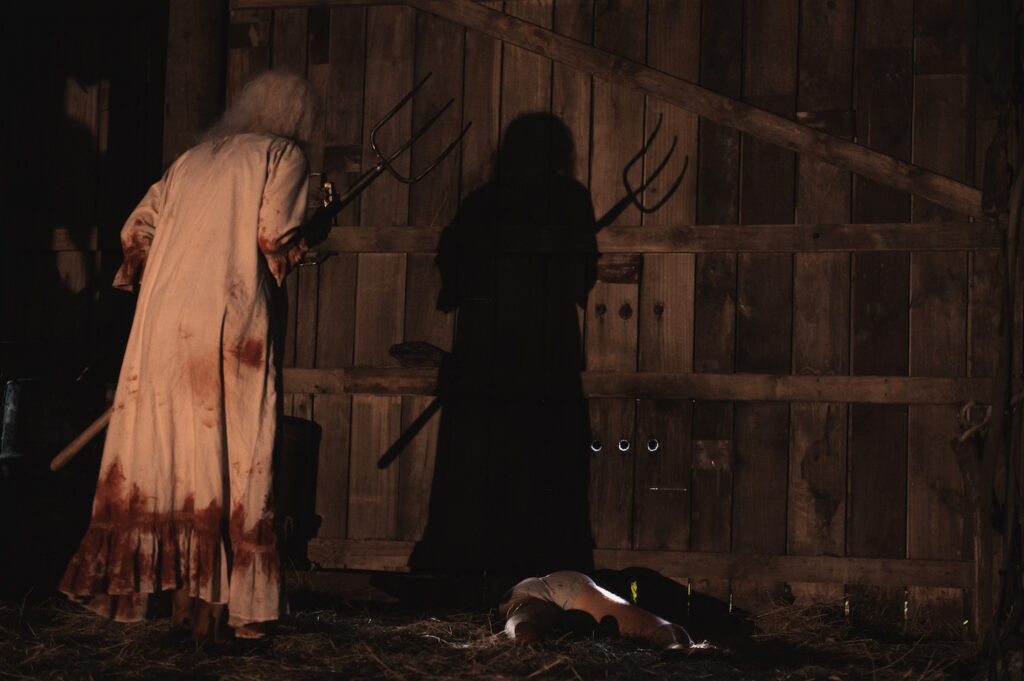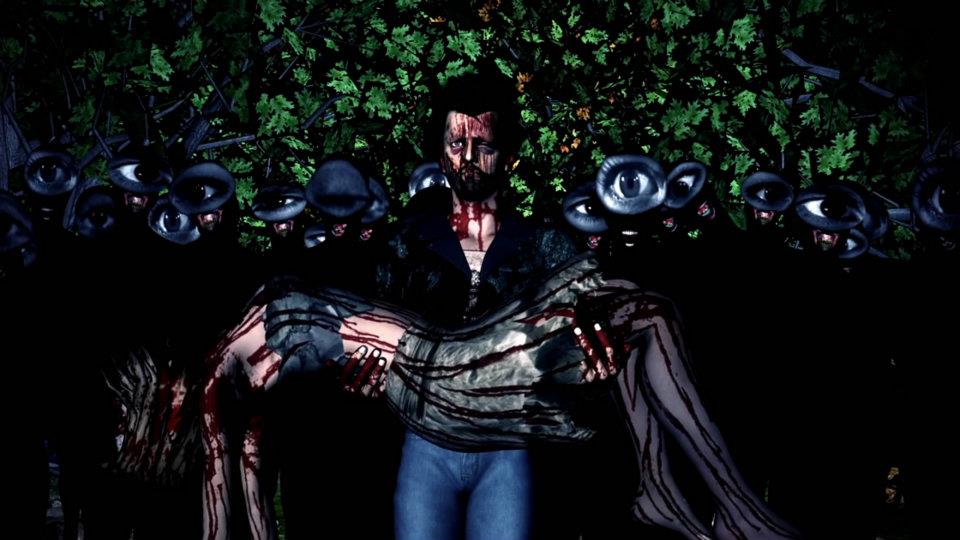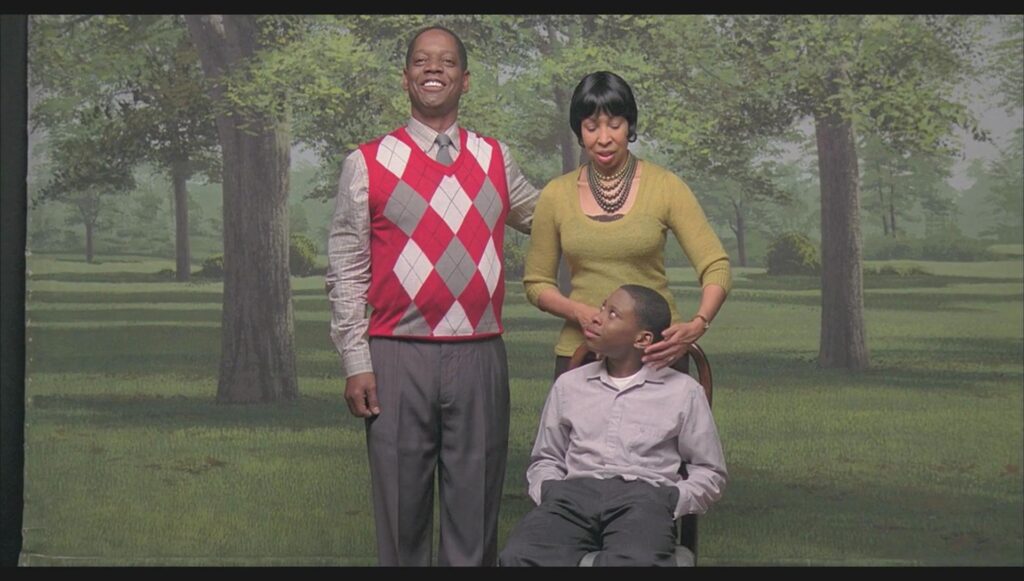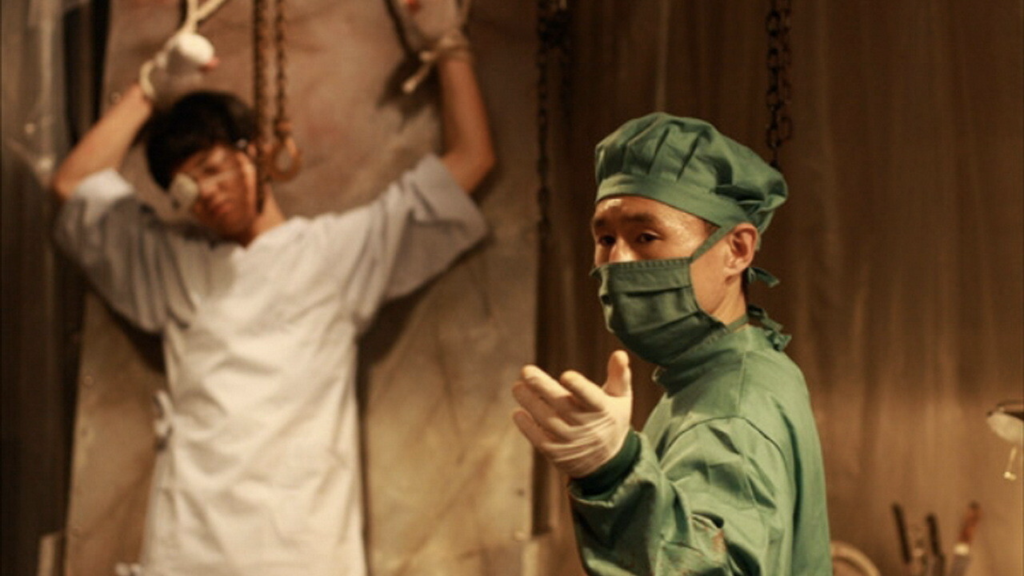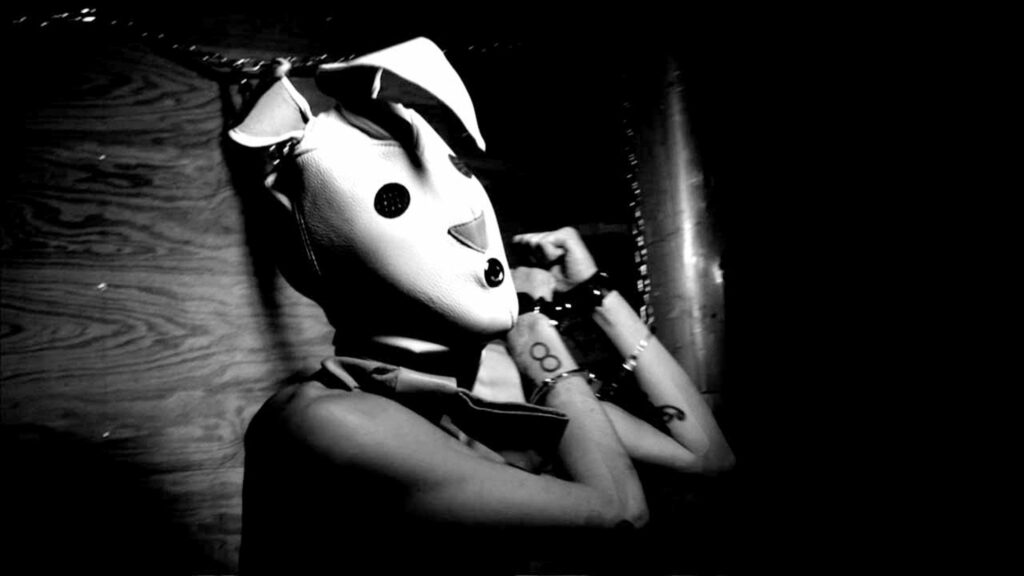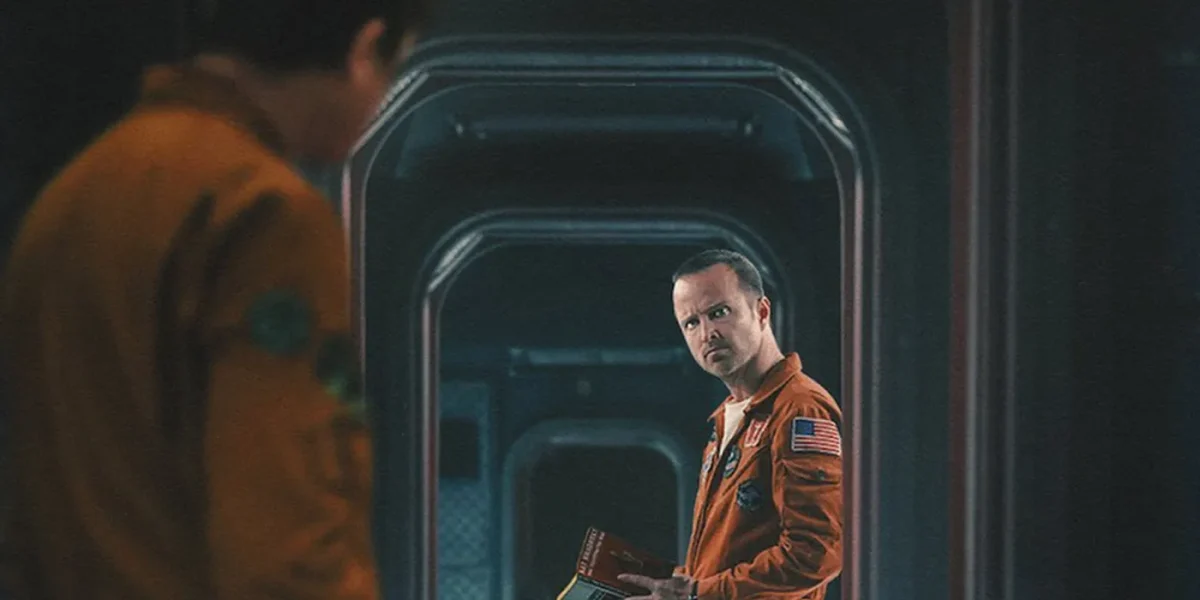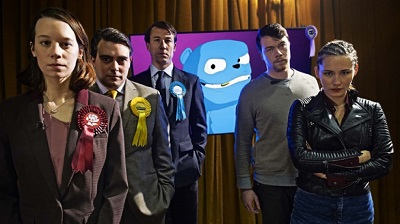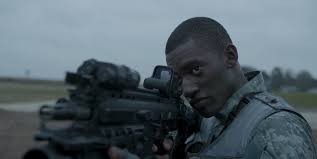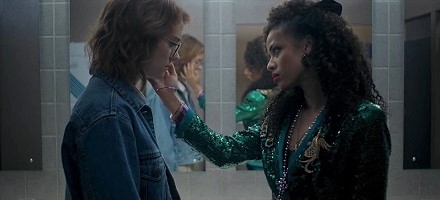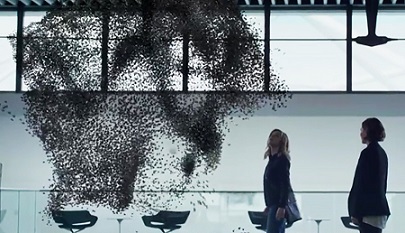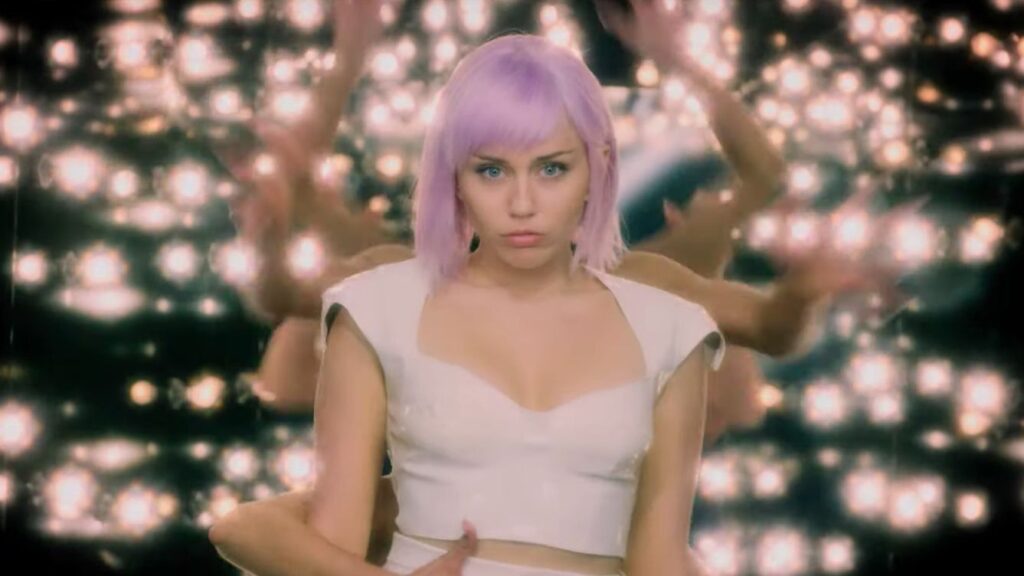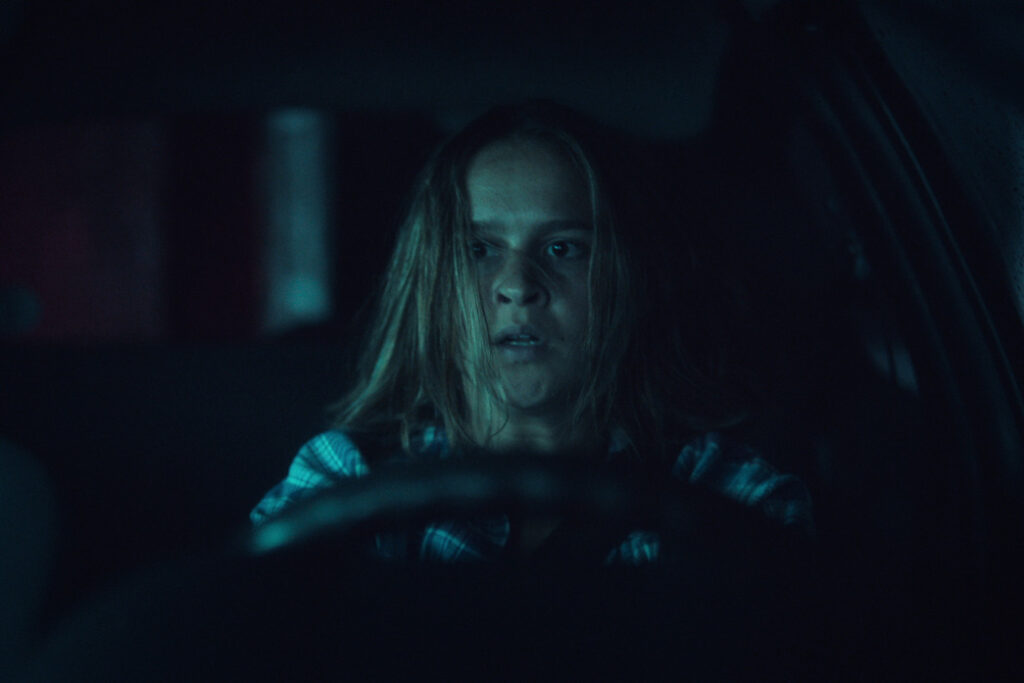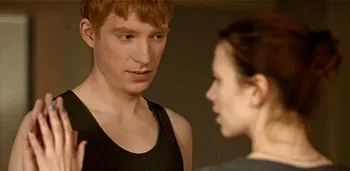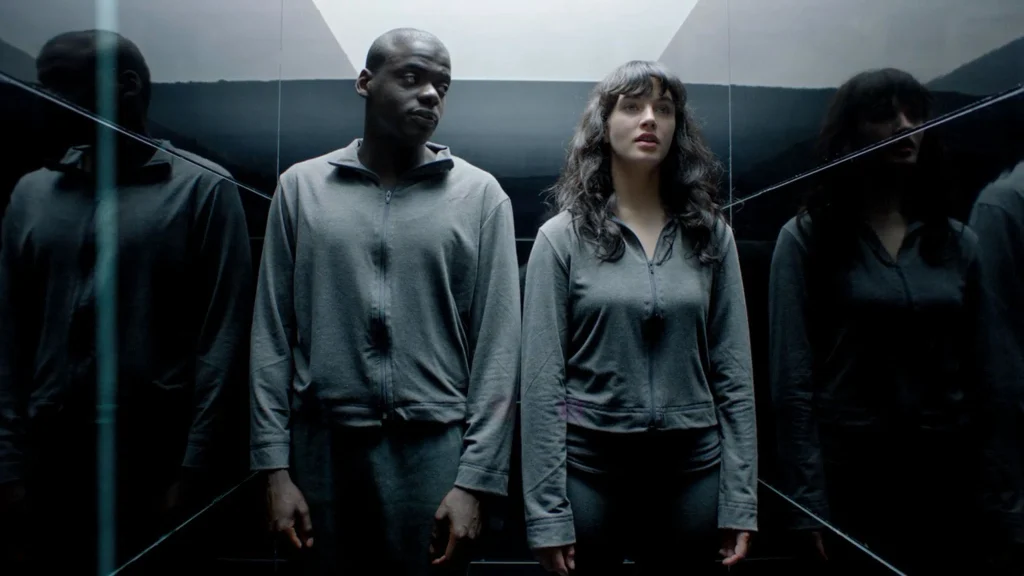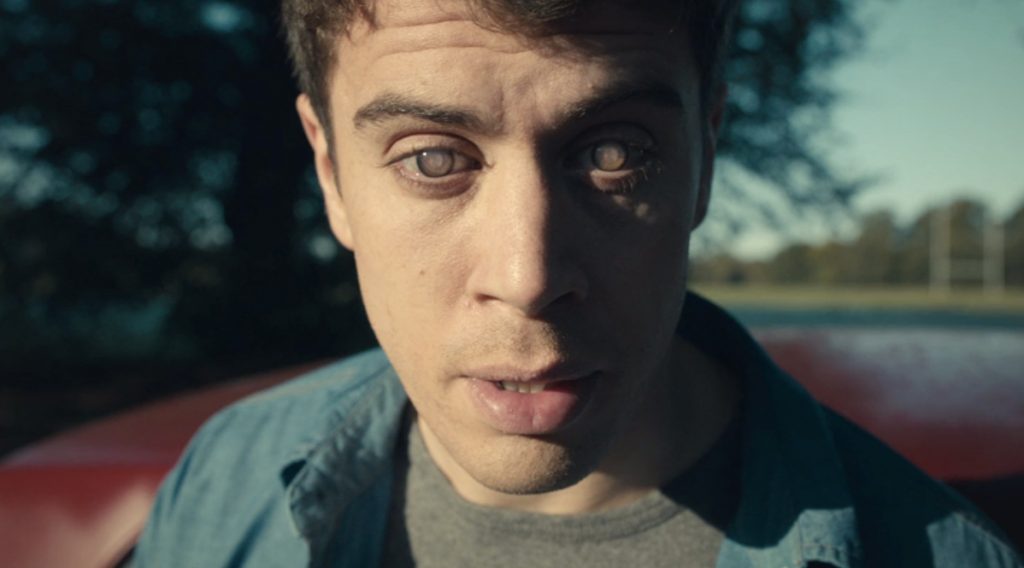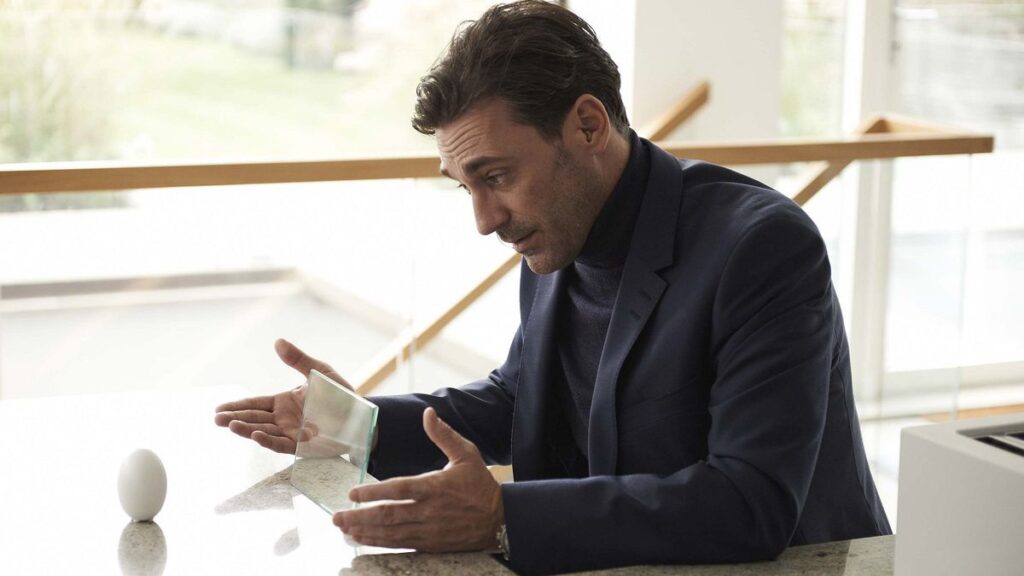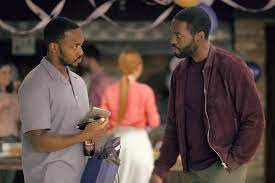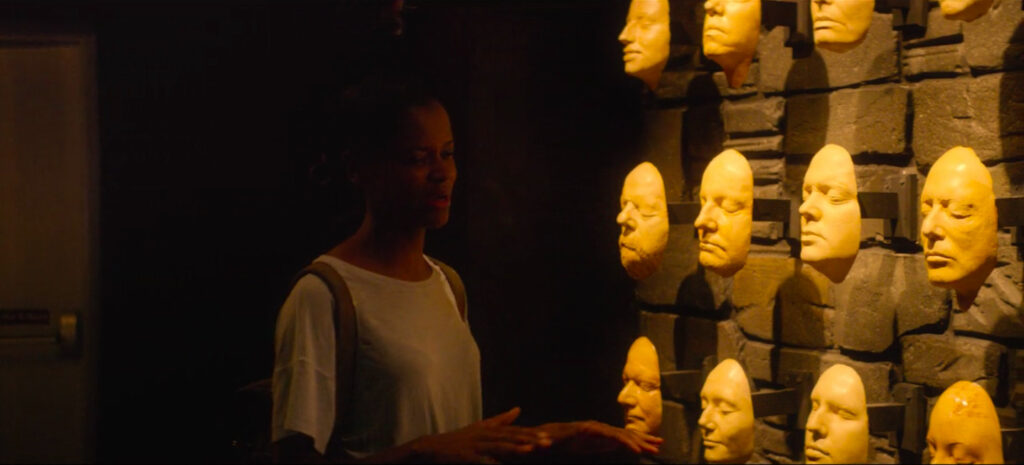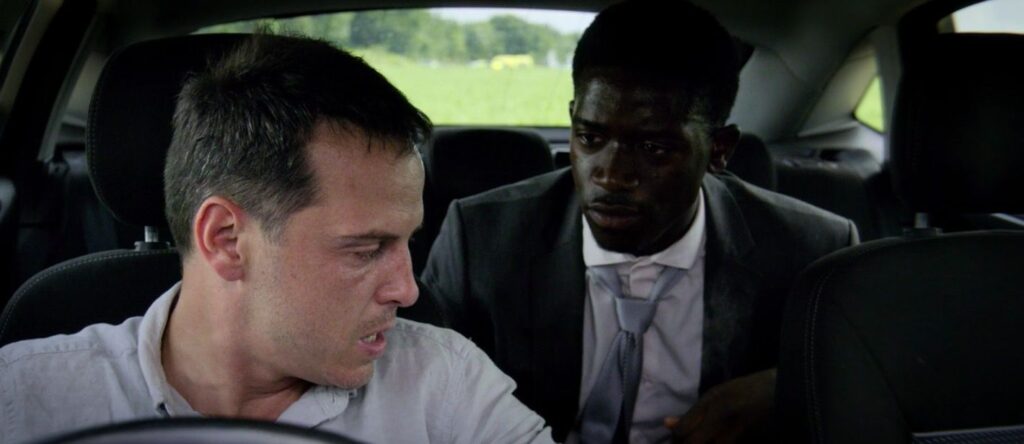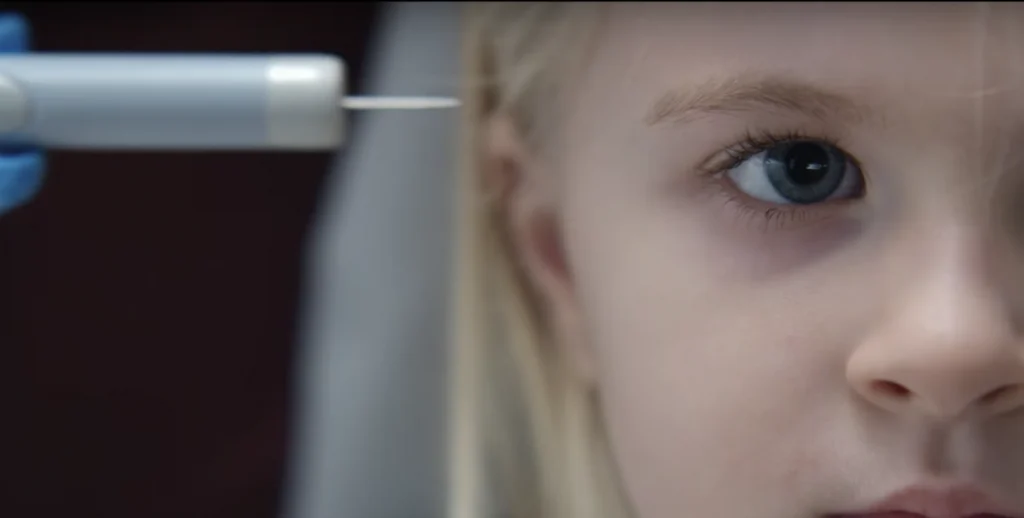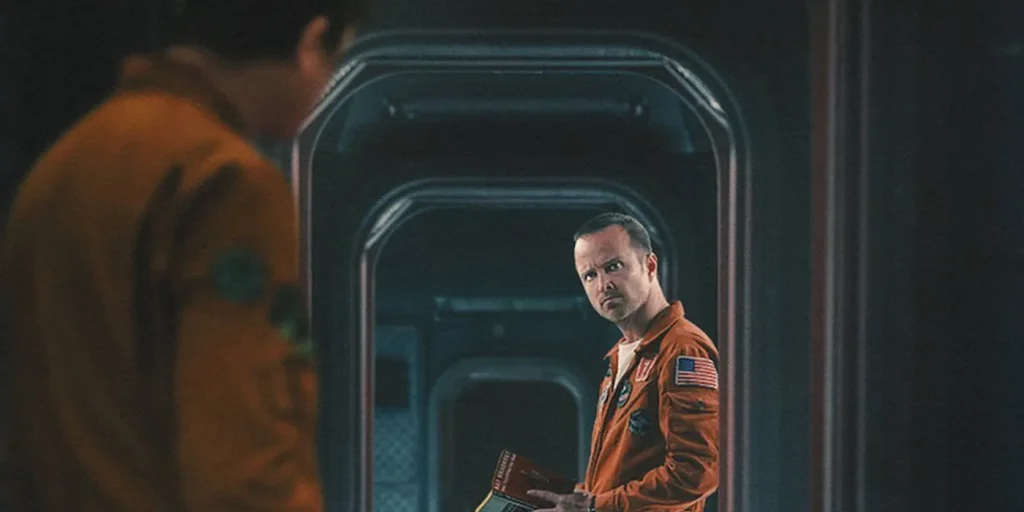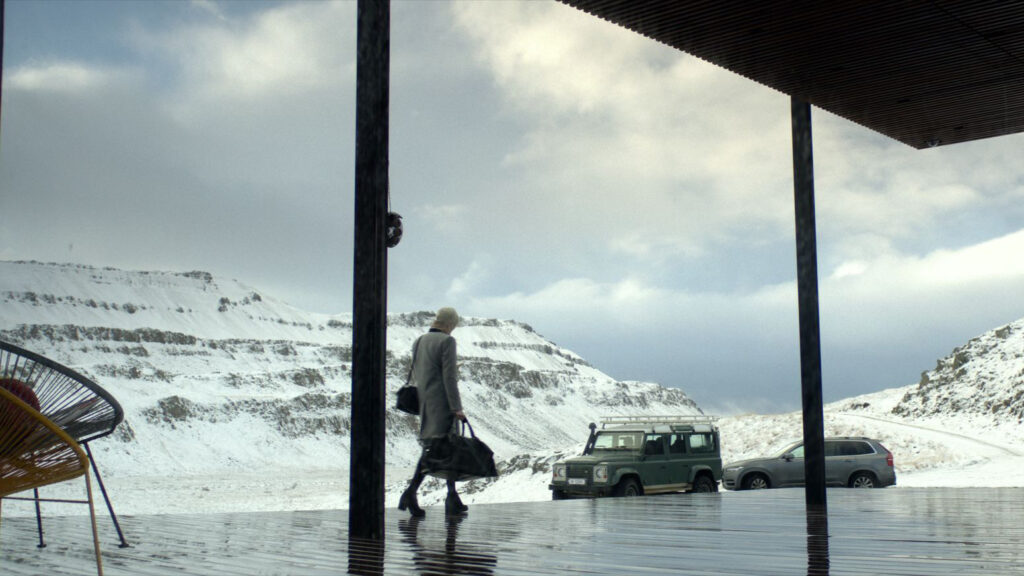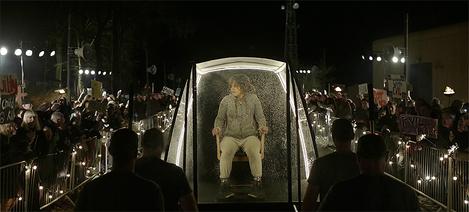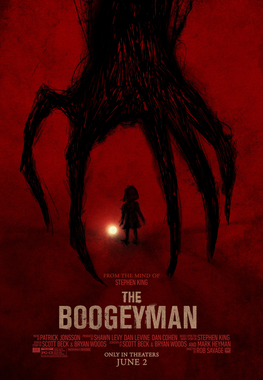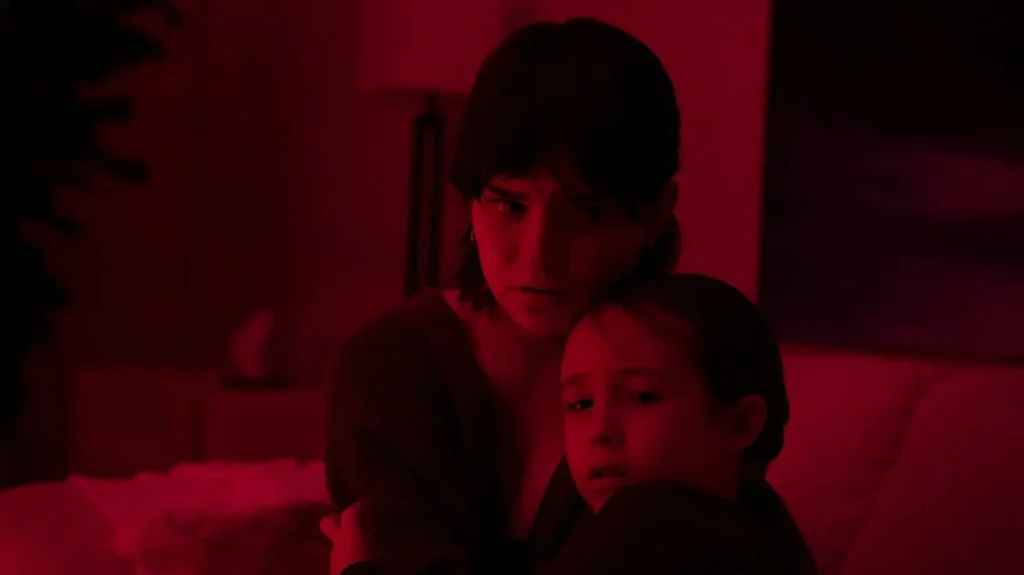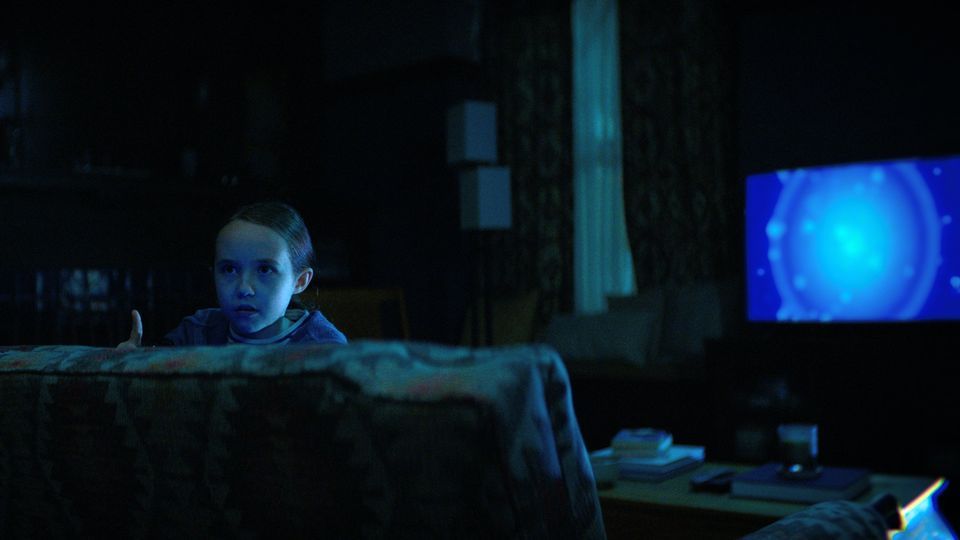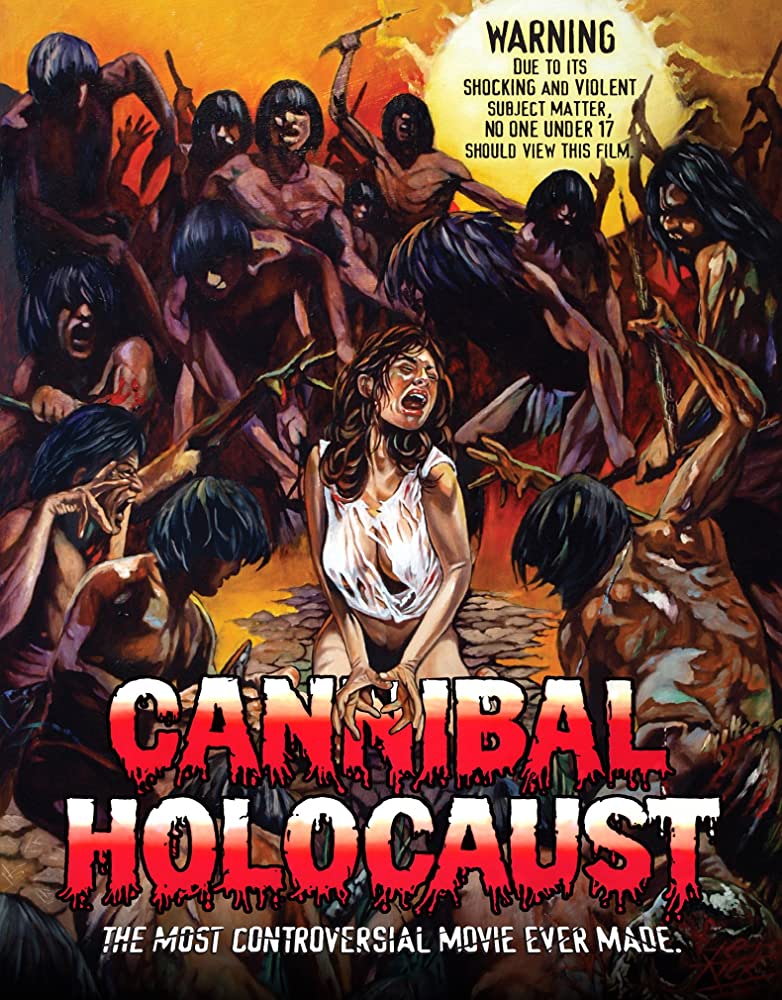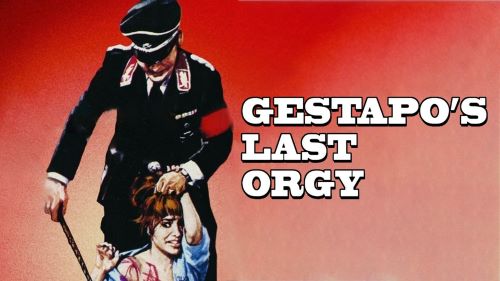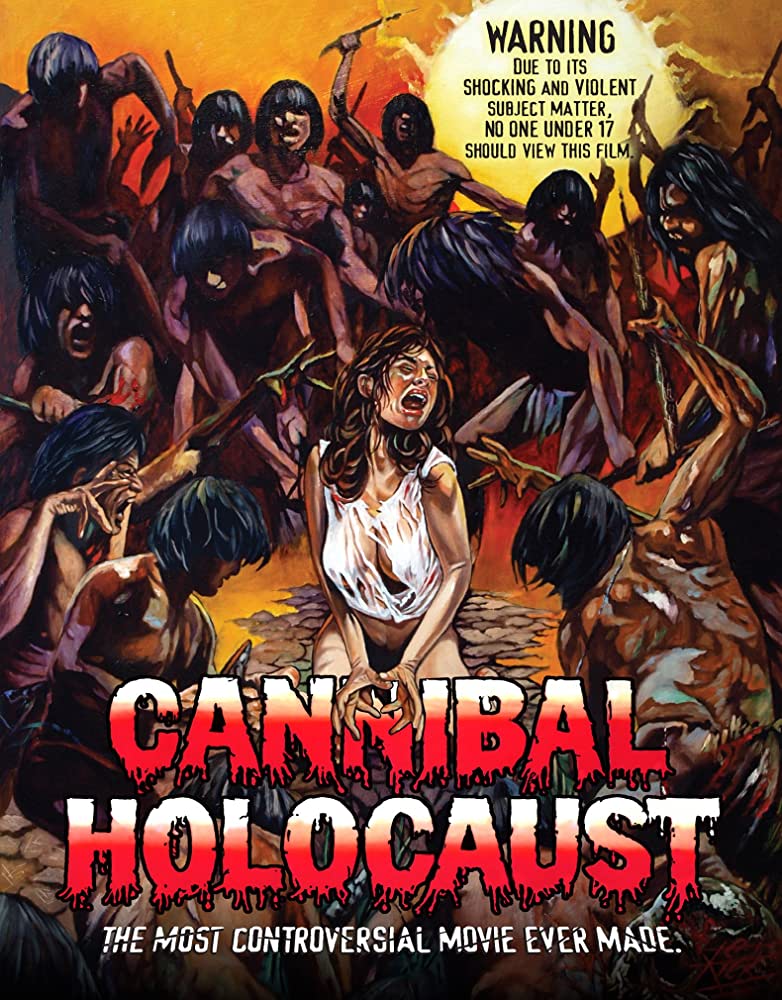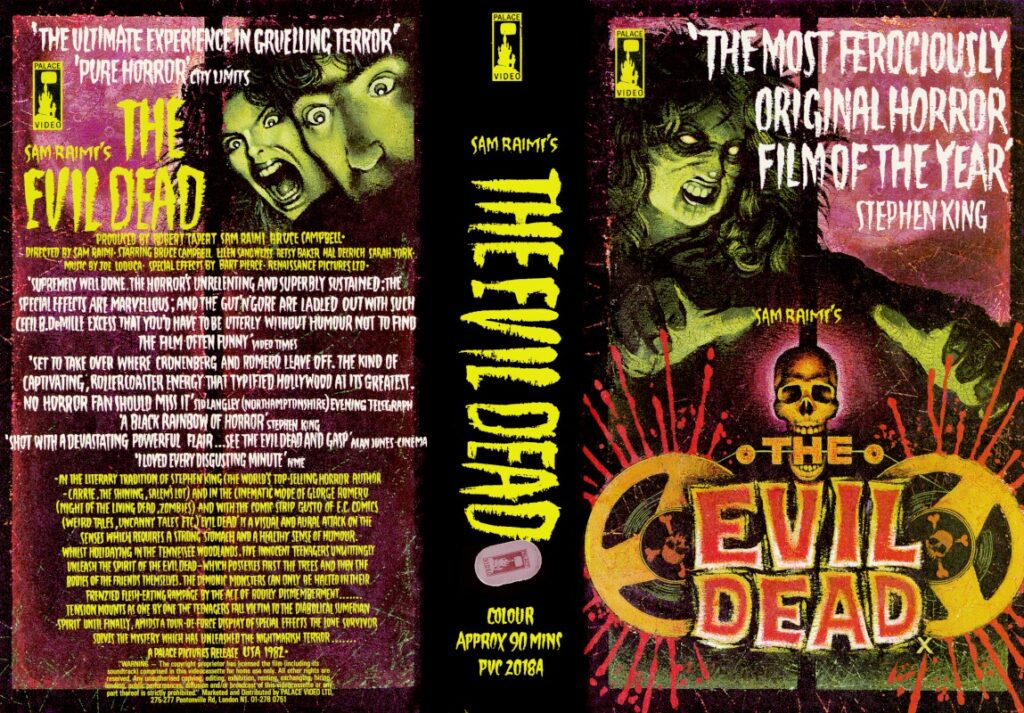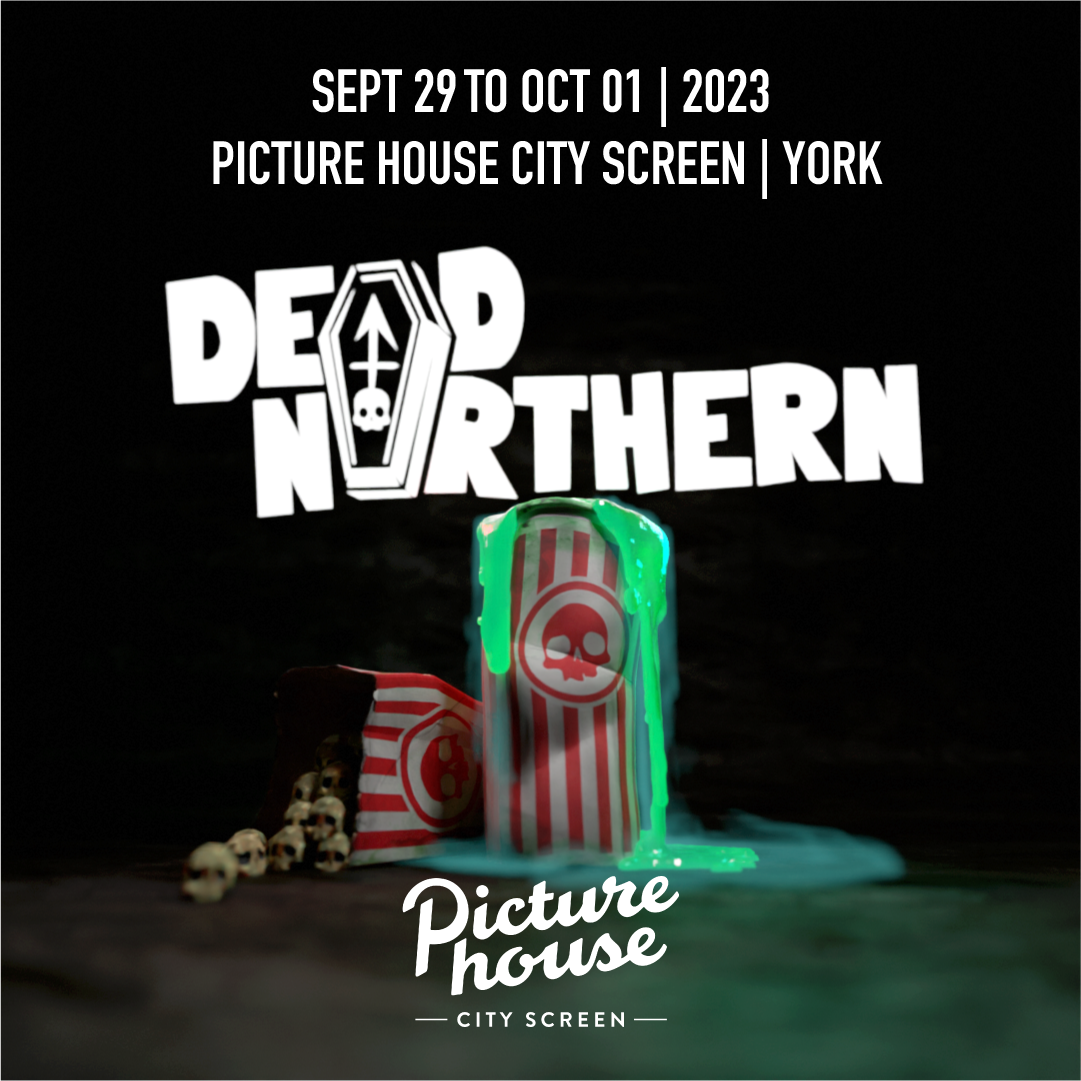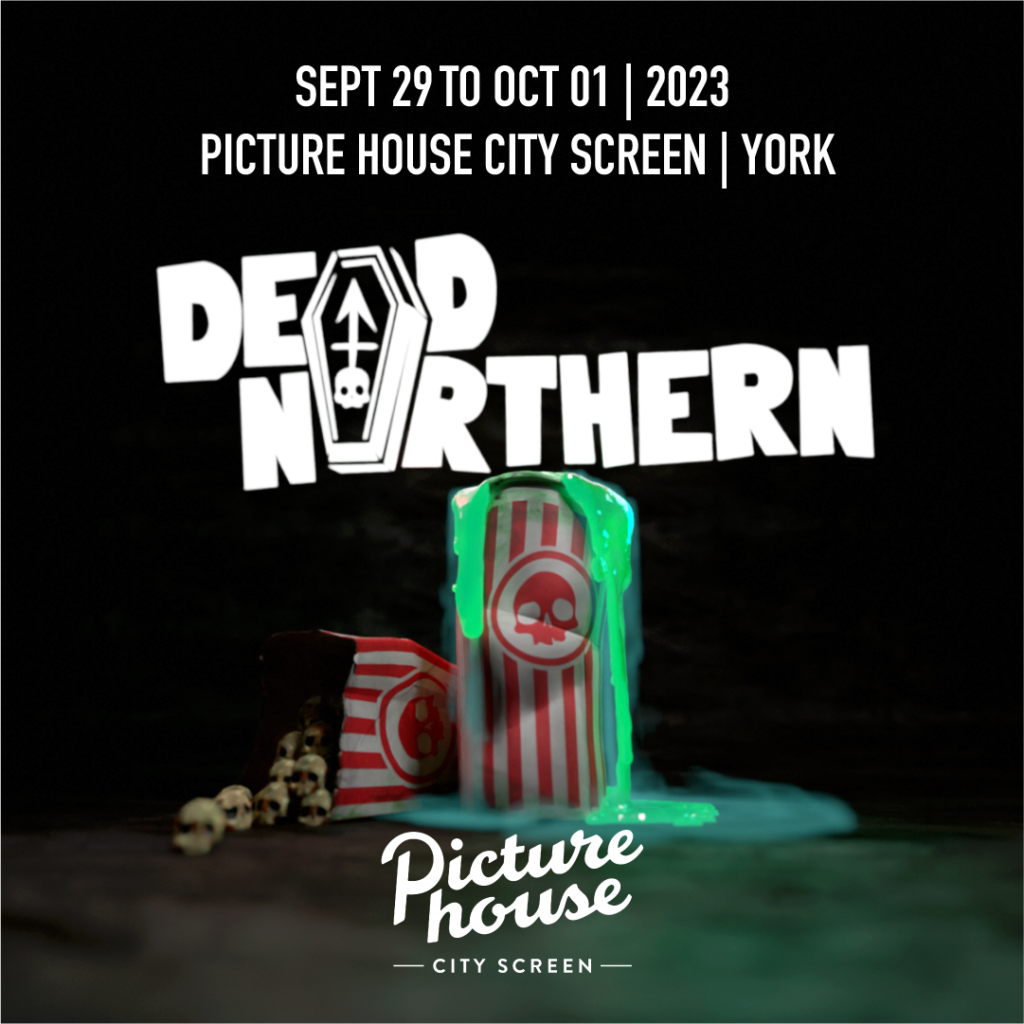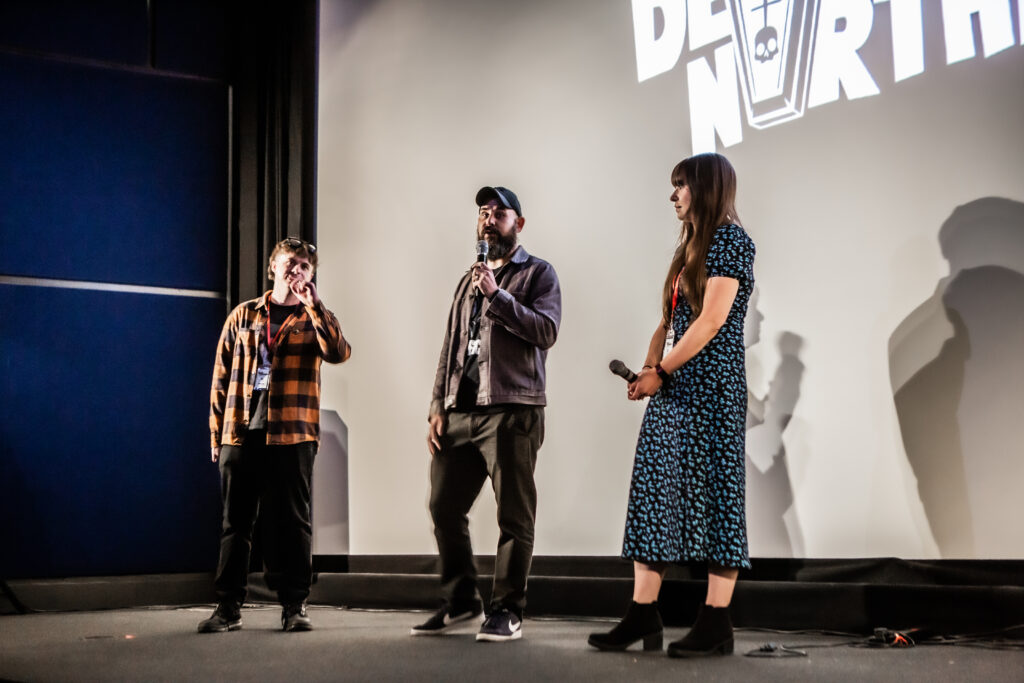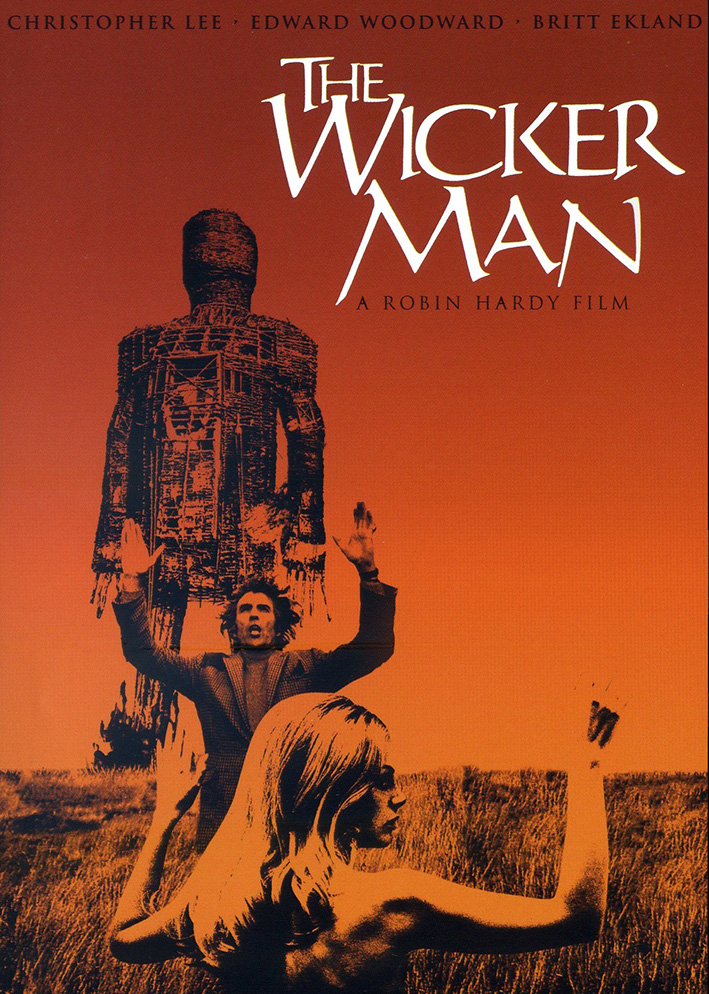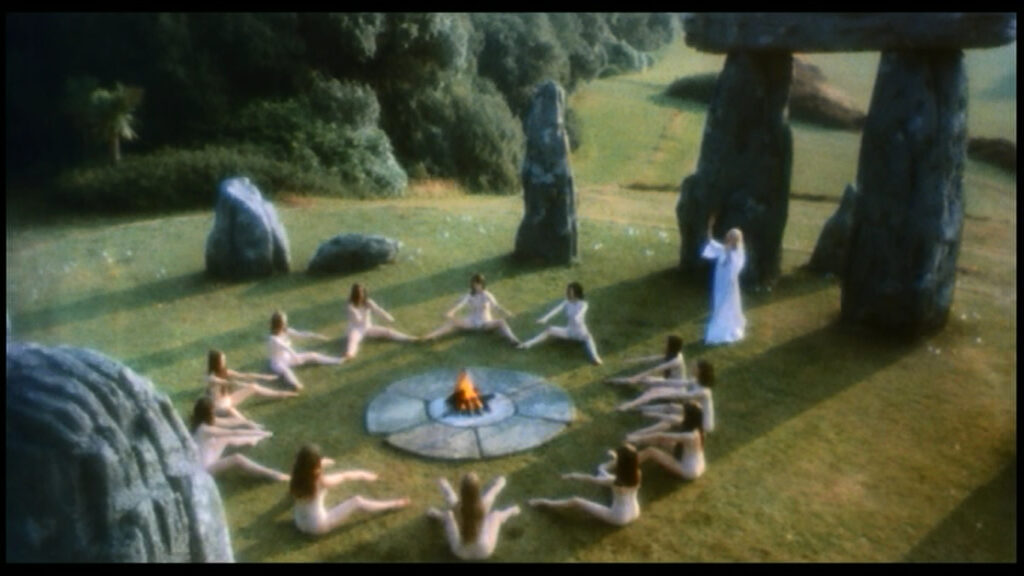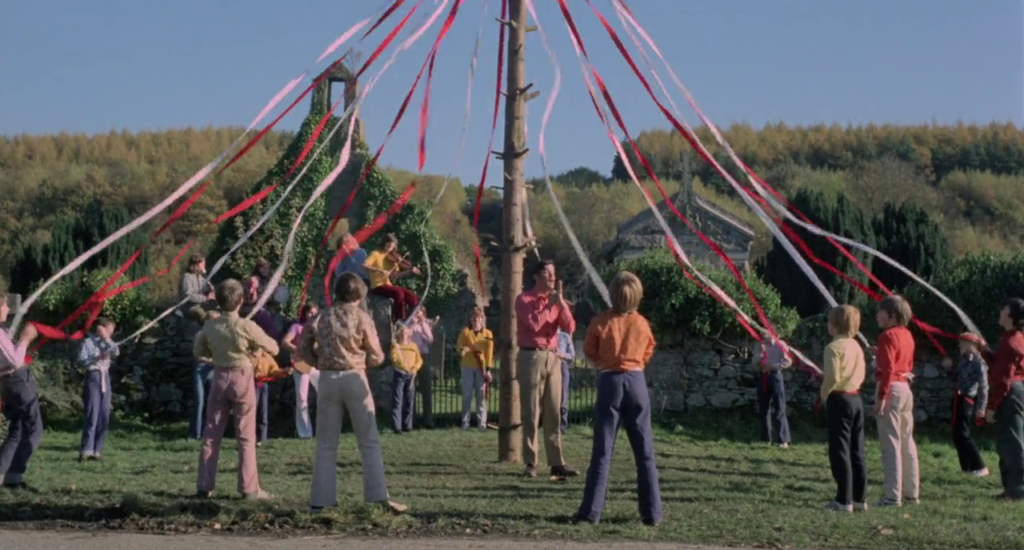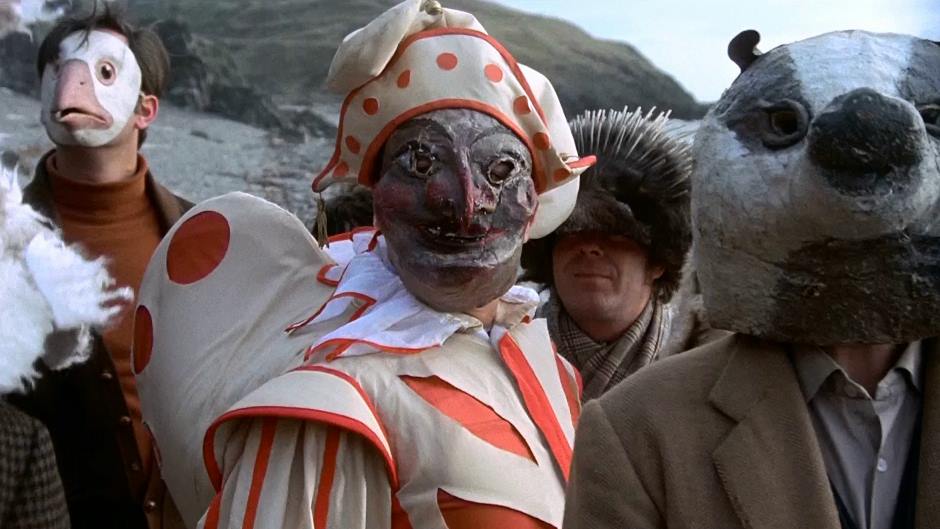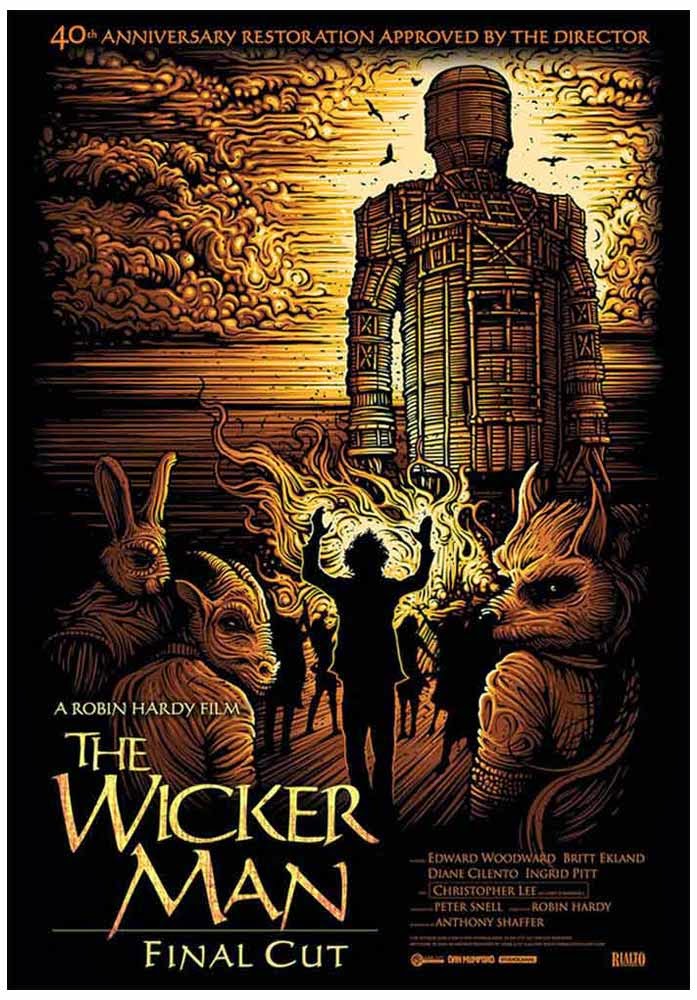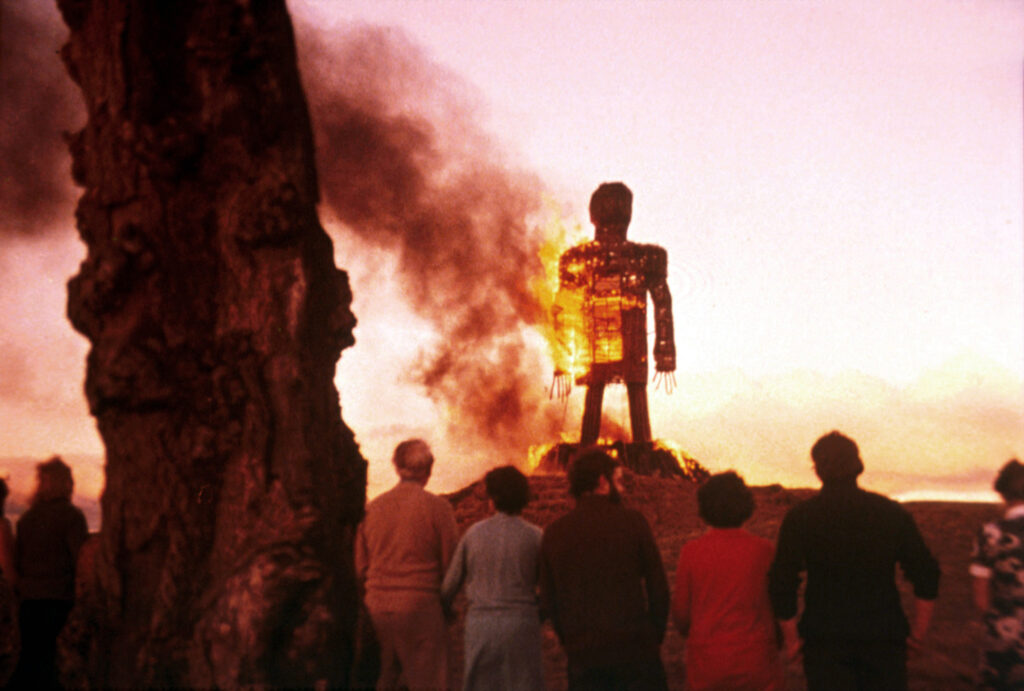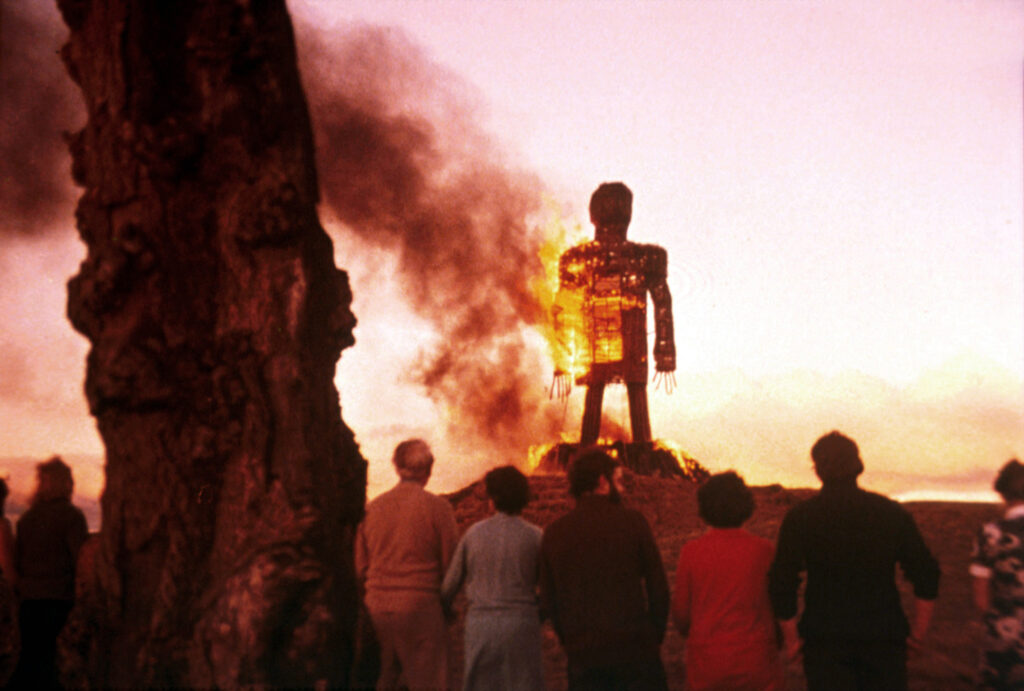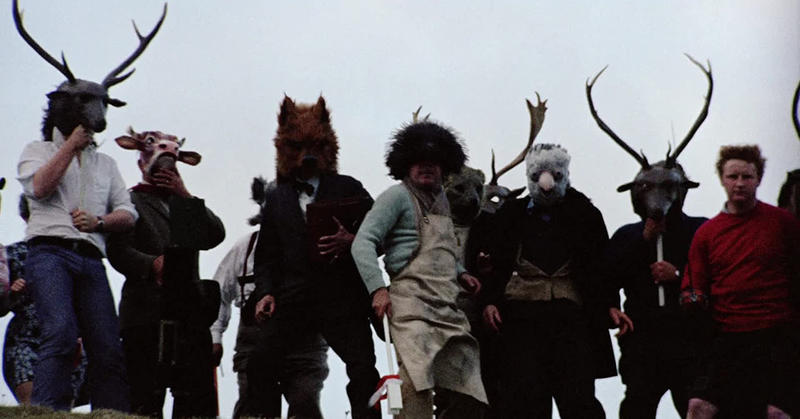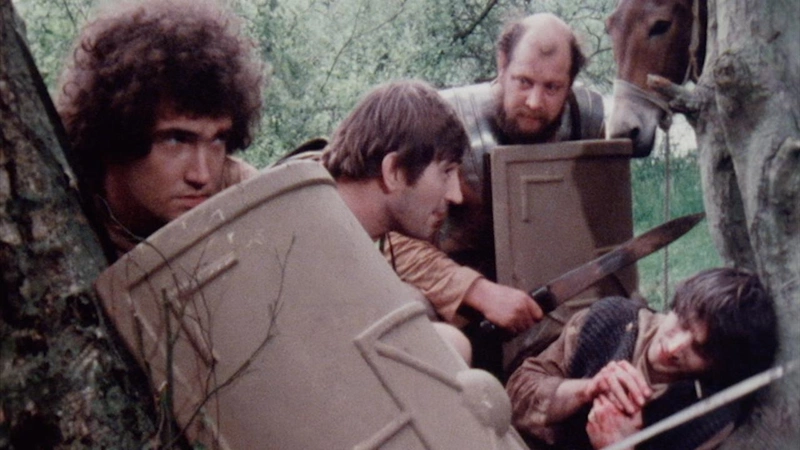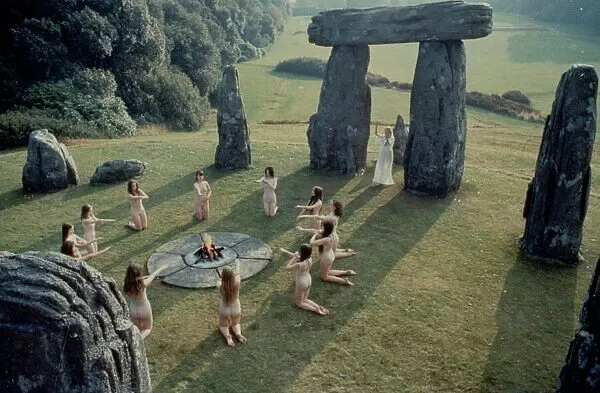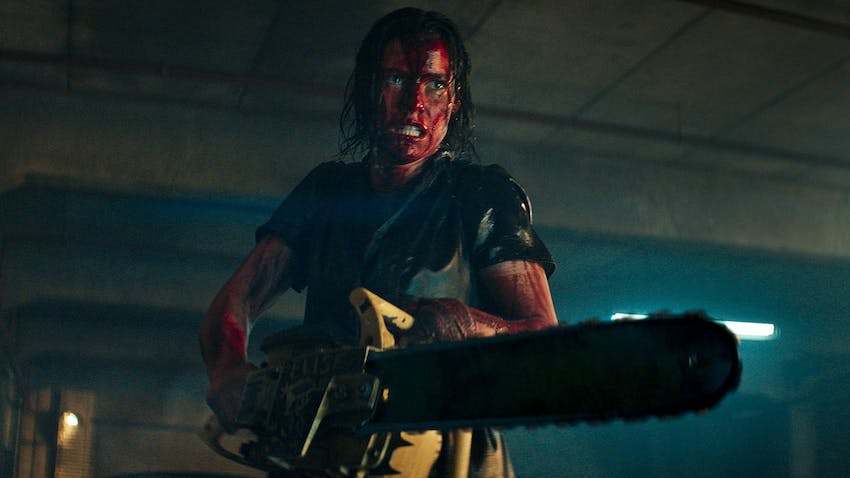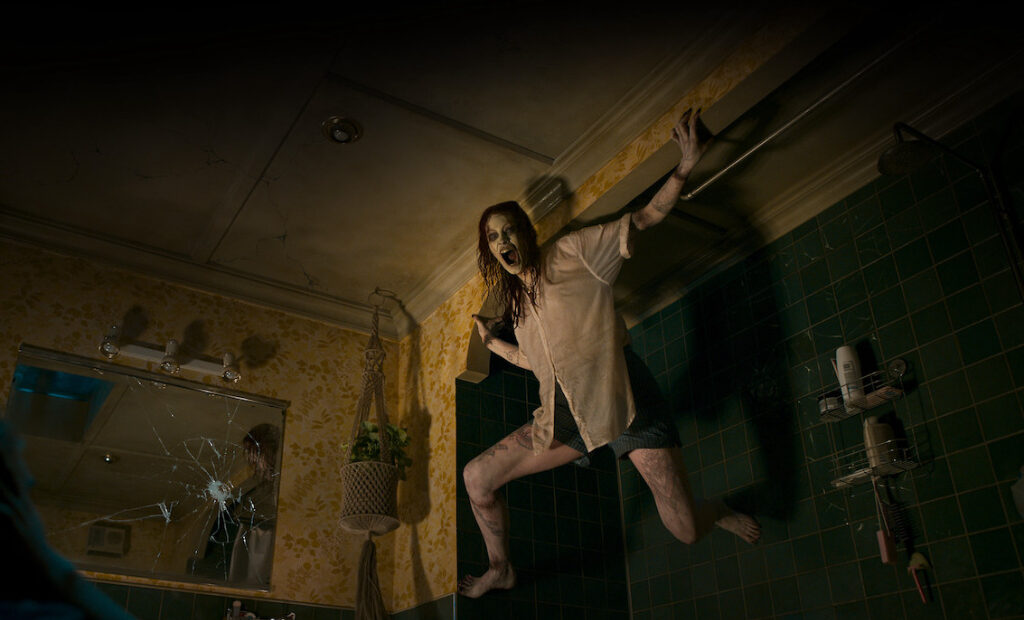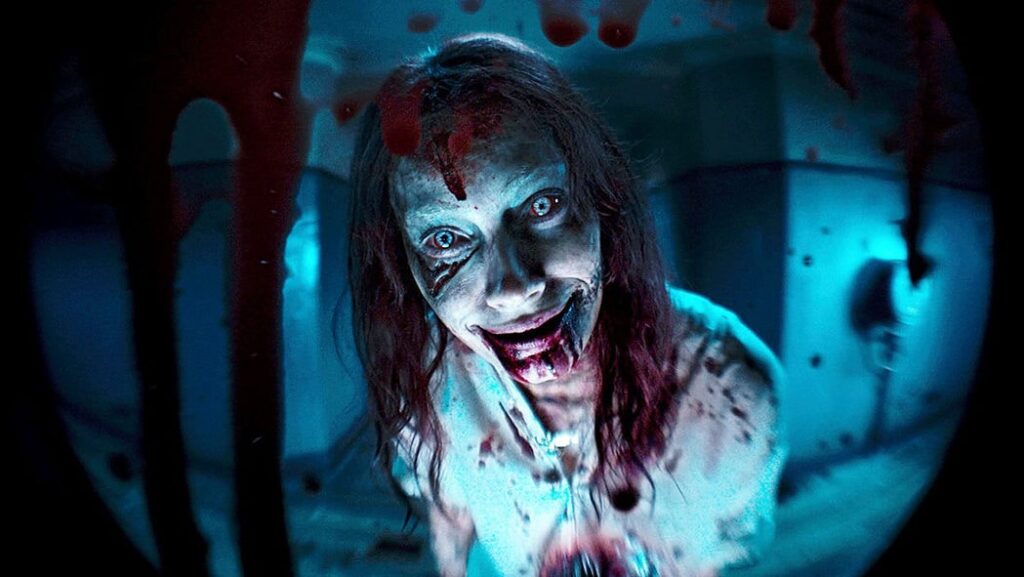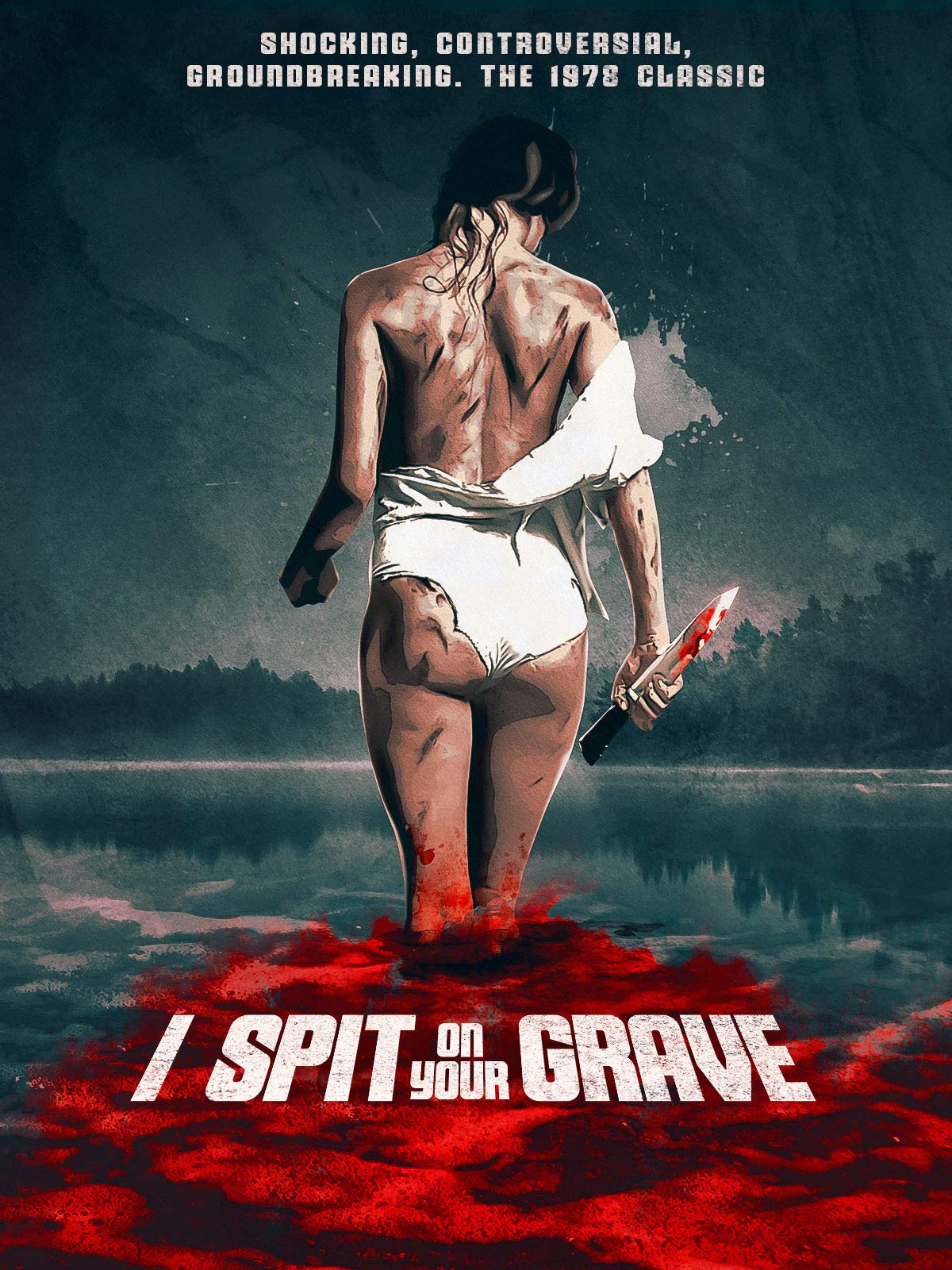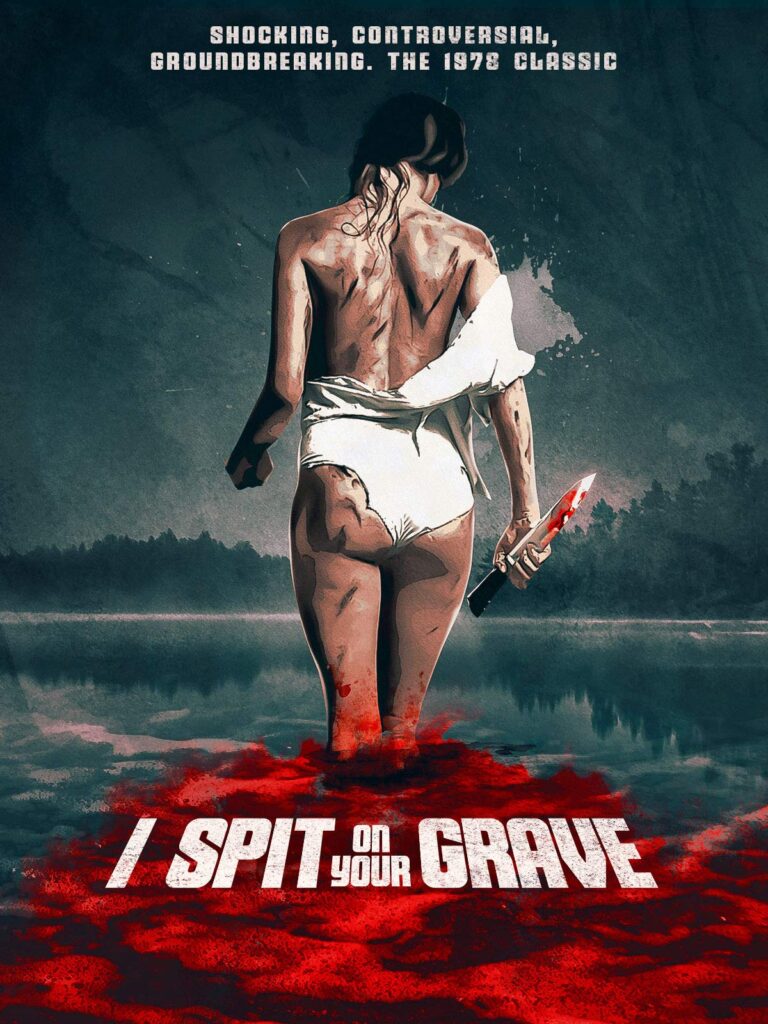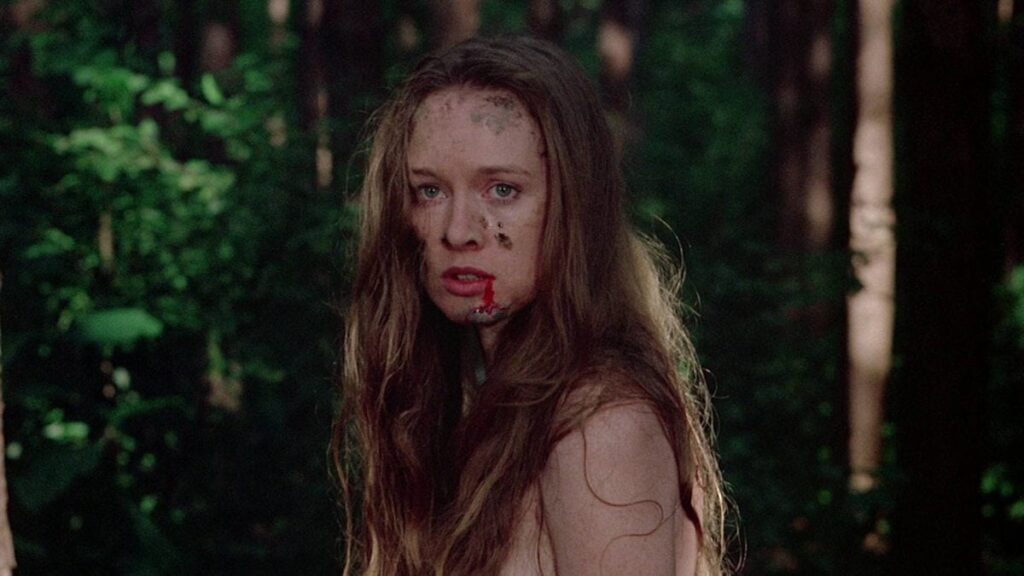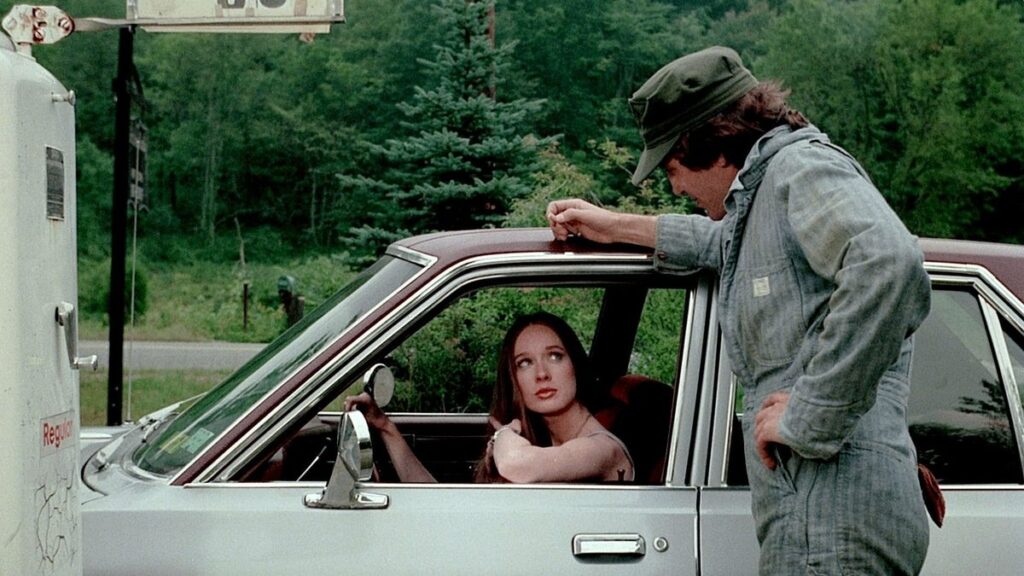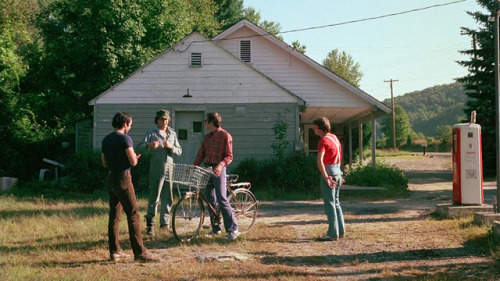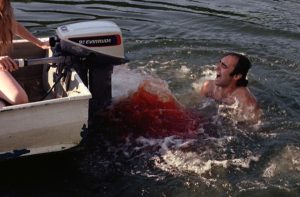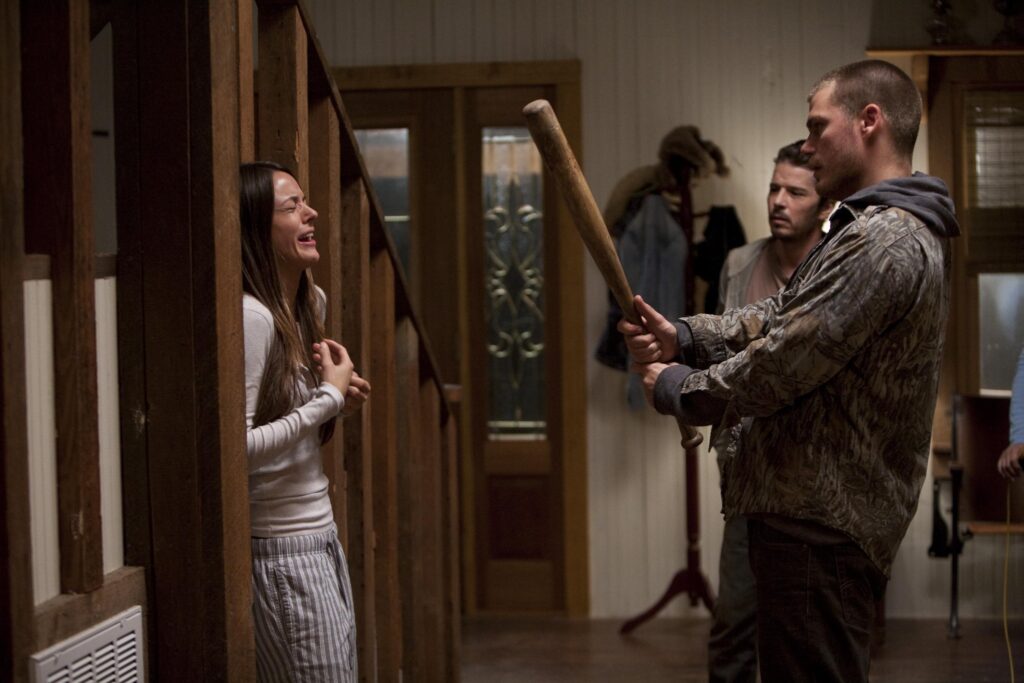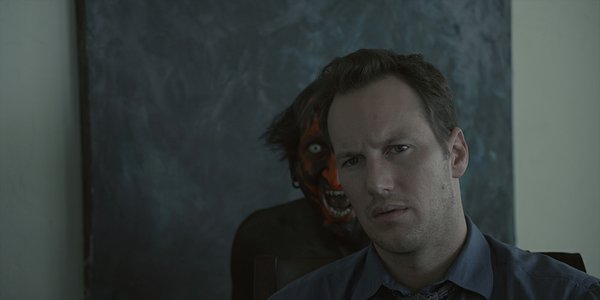
10- Soundless screams (Insidious: The Last Key [2018])
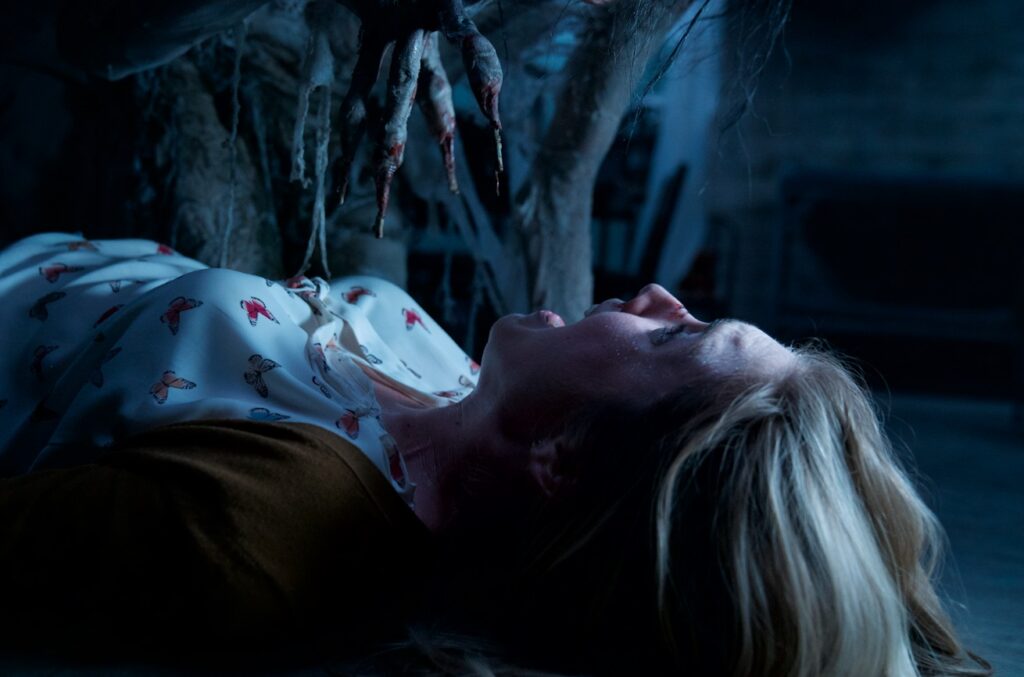
Insidious: The Last Key often goes unrecognised in the grand scheme of the Insidious universe despite being the franchise’s most profitable film, meaning that many of its brilliant surprises also go overlooked. One of these potent frights showcases a fear that many of us will have experienced in some of our worst night terrors – attempting to scream, but nothing comes out. The scene shows a key-clawed demon plunging its talons into its victim’s throat, trapping their breath and brutally silencing them. The harsh effects of such a moment make us squirm at the mere thought of running out of breath in a room full of air.
9- Ultraviolet (Insidious [2010])

The first entry into the Insidious franchise remains one of the best out of the bunch, mainly due to its simple scares that build up slowly, leaving us in suspense as we sit and wait for a big jolt to the senses. This brutally slow tension is brilliantly captured in the picture-taking sequence as we follow paranormal investigator Tucker around the haunted home, looking through a UV lens to identify suspicious activity. As Tucker flicks through the lens settings, we see an ordinary hallway plain as day, that is, until two wide-eyed ghosts suddenly appear in the frame, grinning ear to ear with the most menacing smile possible. It’s a classic scare. One that takes minimal moves to enact, but the slow anticipation of knowing you are in for a fright provides the scene with maximum payoff.
8- Beware of the wardrobe (Insidious: Chapter 2 [2013])

Tin canned walkie-talkies make a terrifying comeback in Insidious: Chapter 2 as we see the Lambert brothers trying to settle after the events of the first film. Upping the nostalgia factor is the inclusion of the tried and tested closet jumpscare. A sleepy Dalton soon realises that it’s not his brother at the other end of the line, but instead a sinister voice with bad intentions. As Dalton begins to sit up in anticipation, replicating the viewer’s goosebumps, a gangly monster leaps out from the closet and bolts to the door before turning to Dalton and unleashing an almighty scream as it glares a haunting stare from its jet-black eyes. It’s a scene to behold and an instance that brings us back to our innermost fears of monsters lurking in the dark crevices of our rooms.
7- Baby monitor (Insidious)

Since their mass popularisation in the mid-1980s, baby monitors have become a pinnacle prop in cinema, with films such as The Baby’s Room (2006), Nocturnal Animals (2016) and Lullaby (2022) all utilsing the radio system as a horror instigator. In Insidious, the baby monitor tactic is used continuously to elicit big scares over small instances of time, with the strange utterances heard over the transmitter multiple times. In the beginning, each baby check ends in a fake scare, one where the spookiness is almost a hoax. However, during the third case, the camera finally reveals a pale-faced, vampiric-like, suited ghost ominously staring over the child. The baby monitor scene is an exercise in deceit, ceaselessly building up until we no longer expect a reveal of any sort, until that dreaded moment where we are taken by utter surprise.
6- Crossing the street (Insidious: Chapter 3 [2015])
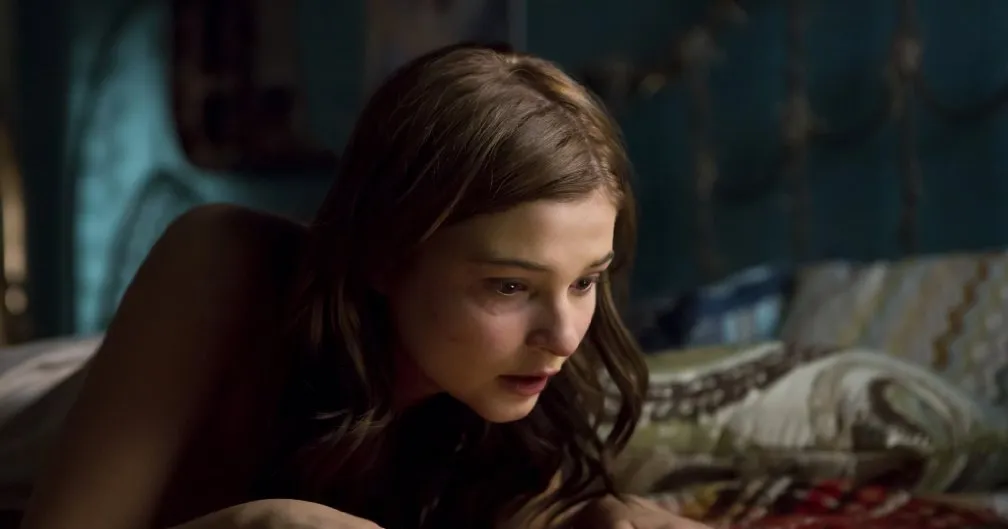
Insidious: Chapter 3 is brimming with some truly underrated shocks and startles, with the ‘car crash’ scene being a prime example of the film’s ability to seize the reins and make an ordinary segment transform into a nightmare. Quinn Brenner is a troubled young girl haunted by her mother’s death. Hoping to regain a sense of normalcy, she pursues her dreams of entering a performing arts school. After a mediocre audition, she is left even more disheartened; despite that, her night is about to worsen. Crossing the street, she sees an eerie figure waving at her in a hospital gown, catching her attention in the middle of the road. Suddenly a screeching car comes into the frame, smashing into Quinn as she falls lifeless on the floor. It is one of Insidious’ more grounded scares, with the terror of an unfortunate real-life affair, with the zooming car and sudden collision with Quinn’s helpless body being somehow more terrifying than a world of ghosts and ghouls.
5- Sheet ghosts (Insidious: Chapter 2)

Joining the likes of baby monitors and closet ghouls is another quintessential genre favourite, the classic sheet ghost. The blank, expressionless demeanour that the cloaked spirits withhold provides the perfect minimalistic scare where just the visual alone is enough to send shivers up your spine. In Insidious 2, we are confronted with a ghastly team of veiled feinds, sat eerily still with their clawed, decayed hands peeking out from underneath the cloth. The image alone is the definition of nightmare fuel and is utterly unforgettable.
4- Knock-knock (Insidious: Chapter 3)
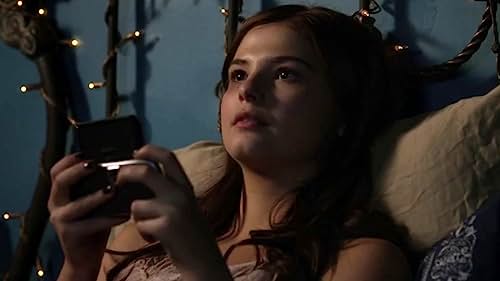
The horrifying scene begins rather innocently with Quinn gleaming from hearing her ‘neighbour-meets-crush’ knocking on her bedroom wall from the otherside. Their sweet morse code leads to Quinn texting her admirer, only for him to reveal that no one is home. The sudden realisation that the knock is coming from a sinister presence makes our stomachs drop at the pertriyfing awakening.
3- The big reveal (Insidious)

Insidious begins as a rather mundane, yet alarming, haunted house meets possession story. However, during the finale, all hell is let loose as a whole movie universe is unleashed, revealing that the paranormal happenings run further into the veins of the Lambert family than anyone could have ever imagined. Within this reveal, the Insidious franchise was birthed, with the film’s layered lore opening up within the final act.
2- Tiptoe through the Tulips (Insidious)

Many of us will be familiar with the nerve-wracking ring of Tiny Tim’s falsetto voice singing his hit ‘Tiptoe Through the Tulips’, thanks to its appearance on many creepy internet videos. However, its best use has to be in the first entry into the Insidious world, with the song playing over one of the series’ scariest moments. As Renai unpacks belongings into her new, seemingly ‘unhaunted’ home, a little boy appears in the corner of the frame dancing along to the spooky chime of horror’s scariest song.
1- The Lipstick-Faced Demon (Insidious)

It would be criminal not to include the franchise’s most iconic jumpscare in this list. While Dalton’s grandmother discusses how the demon attacking Dalton may hold a greater significance than first believed, the now-infamous ‘Lipstick-Faced Demon’ appears behind Josh with a brazen ferocity, followed by the most gut-wrenchingly loud orchestral swell. The result of the stunning score combined with the incredible graphics of the demon and the sudden hecticness of the incident makes this scene the most memorable and effective in the franchise.
Want more top horror lists and reviews? Check out our blog here..



